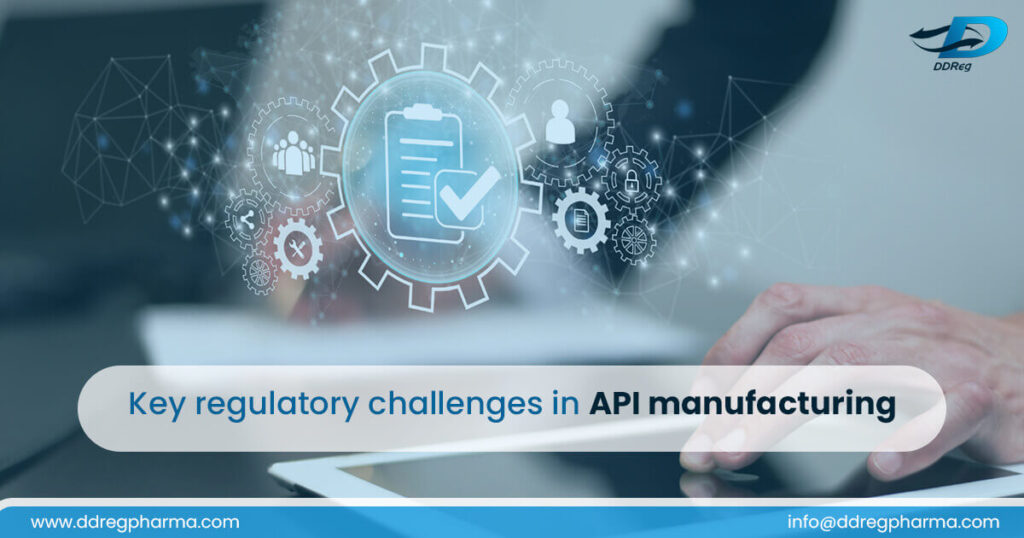The regulatory landscape is consistently evolving as it faces ever-changing guidelines and regulations. On one hand, these patient-centric regulatory changes ensure that safe, efficacious, and high-quality pharmaceutical products reach the market. On the other hand, key stakeholders in the pharmaceutical regulatory environment face significant obstacles. API manufacturing Needless to say, these regulatory challenges are not limited to just one organization or country- they may be faced on a wider scale. Therefore, it is important to understand how and why organizations find themselves in these situations.
Manufacturing API in accordance with Good Manufacturing Practice requirements
One of the major challenges is meeting Good Manufacturing Practice (GMP) requirements during API production by the ICH Q7A guidance on ‘Good Manufacturing Practice Guidance for Active Pharmaceutical Ingredients. Over the last few years, there has been a significant increase in FDA warning letters to API firms. Historically, API inspections are driven by DMF references made by NDA/ANDA/DMF/Export applications or CBER Drug Products for API users. The FDA decided to implement a risk-based inspection program to ensure GMP compliance was being met. Some of the key issues listed in FDA warning letters include:
- Failure to maintain complete API records
- Failure to control repackaging, relabeling, and holding operations to avoid mix-ups and loss of API identify
- Lack of Quality Unit responsible for reviewing and approving cGMP documents & procedures, and assuring product quality
- Failure to maintain complete data derived from laboratory tests
- Inadequate investigations of critical deviations or failure of a batch to meet its specifications
Choosing vendors for API Manufacturing.
API production capabilities as well as chemical & pharmaceutical industry is expanding worldwide keeping in line with the growth of the generic product landscape. International/foreign outsourcing of APIs have demonstrated growing concerns where despite diligent sourcing and supplier alliance, many things can go wrong such as failure to meet DMF specifications or outsourcing raw materials for API production that could damage production equipment where CMOs may either destroy the material or send it back thus contributing towards a prolonged project timeframe. Furthermore, navigating through unfamiliar markets can present challenges for API manufacturing firms; non-transparency along the supply chain with no provision to track quality assessments by API manufacturers can be a concern. Internal and regulatory audits. i.e., US FDA, should be conducted frequently focuses on technical processes and internal audits; direct contact between API manufacturers and final formulators ensures that transparency in the supply chain is not compromised. While outsourcing API is the preferred route, it is important to understand the API’s regulatory path and what results the potential supplier-partner relationship will bring.

